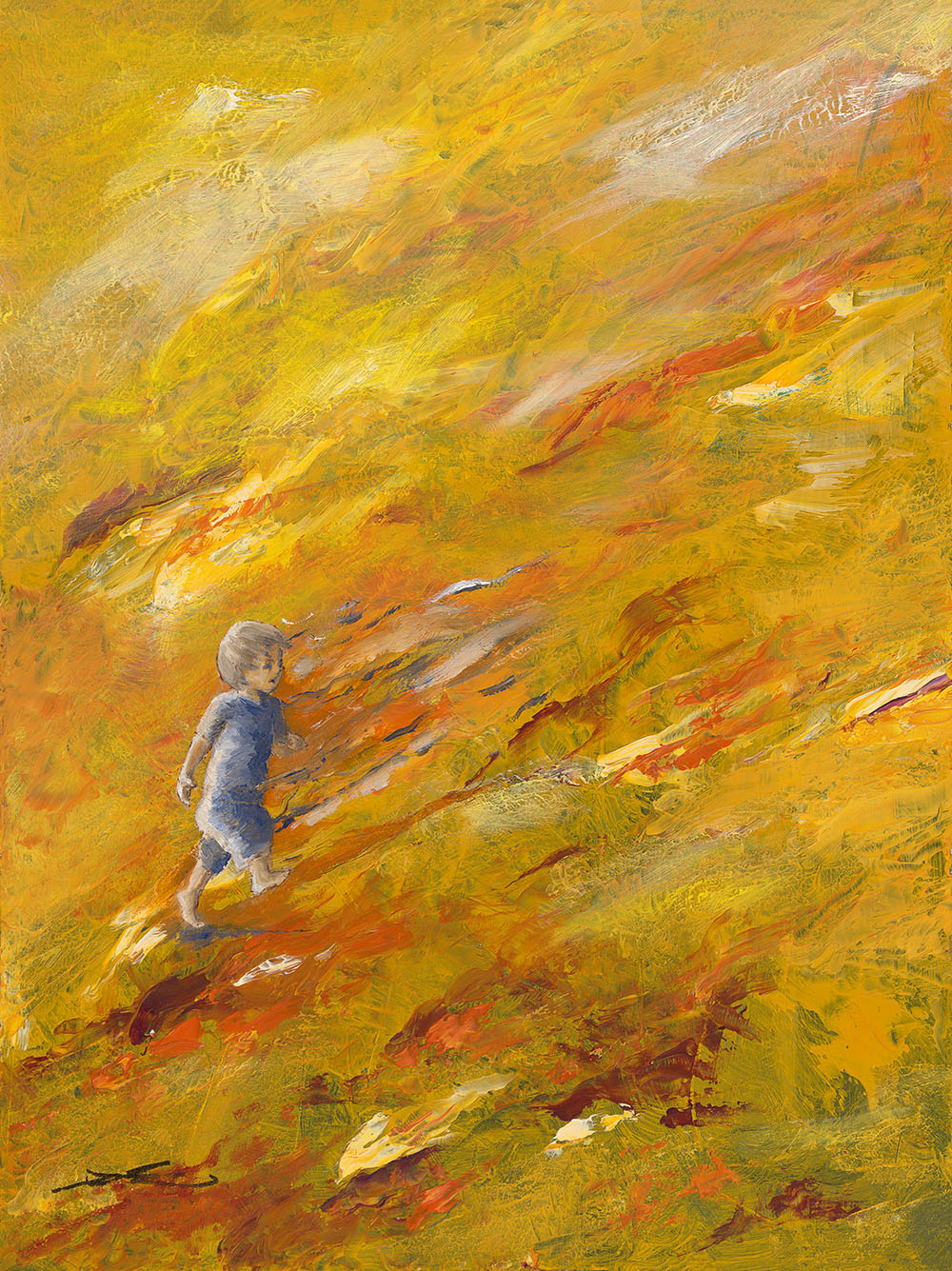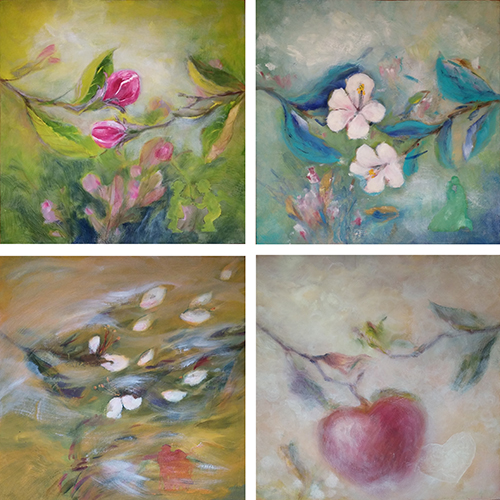
Adult coloring books and painting parties are all the rage these days. Despite appearances, it’s not about coloring within the lines or haphazardly putting brush to canvas to get to some arbitrary finish line.
If you’re searching for a respite from the strains of everyday life, a coloring book just might whisk you away for a while. When you create art, or immerse yourself in art, you might find yourself on a far-reaching journey of self-exploration. Unleashing your creative side helps you reconnect with your inner self and to the world around you.
In the privacy of our own homes and in social settings, Americans are embracing art and the therapeutic role it can play in our lives.
“Every child is an artist. The problem is how to remain an artist once he grows up.” – Pablo Picasso
As surely as words are a form of expression, so are other forms of art.
The act of creating something helps you get lost in the moment, sparking the imagination, loosening inhibitions, and setting free emotions long stifled. You gain clarity as you work with your hands and your heart.
Art is often a reflection of what can be easily observed, but also draws upon the mysteries of the mind – those fleeting thoughts that hover just beyond your conscious grasp.
We know there are spiritual and physical benefits to creating art. In fact, a 2012 study of undergraduate students found that even a short period of making art can significantly lower one’s state of anxiety.
Food, clothing, shelter, and education. We need these basics of life. All too often, the arts have been relegated to the back burner, the expendable “extras.”

During Arts in Education Week 2010, the Department of Education blog spoke to the essential role the arts play in a well-rounded education, saying the arts can no longer be treated as a frill.
We’ve known for some time that engagement in the arts promotes general academic achievement. There’s plenty of research showing that the arts foster problem-solving and leadership skills, flexibility and adaptability, and perseverance and cross-cultural understanding.
Art is also a recognized form of therapy used to engage the mind, body, and spirit in ways verbal communication often cannot. You don’t have to consider yourself a talented artist to benefit from art therapy. A credentialed art therapist can help you sort through the messages within your art to gain a deeper understanding of your emotions.
But you don’t have to be in therapy to reap the rewards of the arts. Once your creative juices get flowing, there’s no telling where your imagination will take you.
The writer painstakingly chooses the words to convey his heart; the sculptor speaks through her hands; and the painter bares his soul in nuances of brush strokes and subtleties of color. Once finished, it’s meaning belongs to the beholder, but the journey forever belongs to the artist.
“Creativity is intelligence having fun.” – Albert Einstein.
We invite you to take a tour of StephenC’s Collection where every painting tells a story, a story that reflects viewpoints, feelings, and tiny snippets of life.

To appreciate a work of art is to turn off the background noise, slow time, and step into a different space. What do you see? Perhaps just as importantly, what remains unseen by the eyes, but present in the overall message? What emotions does it provoke and why?
A vibrant landscape painting may open up a window to a strange world you might never know otherwise, stirring thoughts and feelings that defy mere words.
A single work of art tells many tales. It’s as much about the observer as it is about the artist. Your own life experiences meld with the artist’s vision to create a new story, one that is unique to you. And it’s a tale that changes with the passage of time.
Read a book when you’re 20 years old, then read the same book when you’re 40 and you’re likely to have a vastly different perspective. The words on the paper haven’t changed, nor have the writer’s intentions. The difference is within you. The sculpture, the choreography, the musical score, and the painting all have an infinite number of interpretations.
The medium is less important than the enrichment it brings to your life.
The next time you’re feeling stressed and out of sorts, consider visiting an art museum or a local artist’s studio. Linger at displays that call to you. Bring art into your home to enjoy and ponder at your leisure.
Listen to the tales they tell and let them inspire you.
“Art is not what you see, but what you make others see.” – Edgar Degas
Article by Ann Pietrangelo